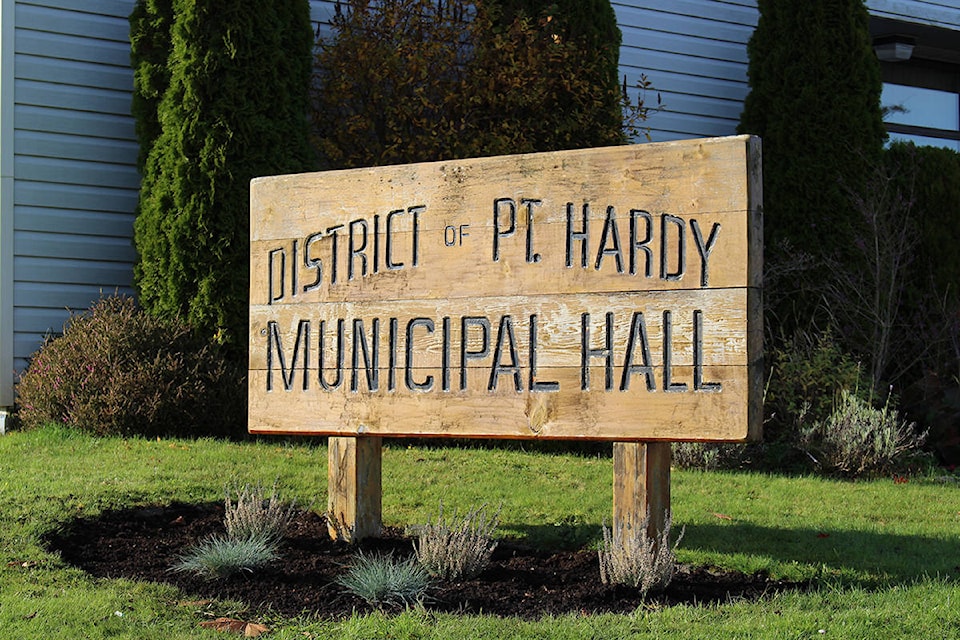Now that the dust has settled, Port Hardy election results indicate a slight shift in local voter attitude.
There was slightly less voter turnout with a total of 1,147 ballots were cast out of 3,083 eligible Port Hardy voters. Last 2014 local election, reportedly 1,280 voters went to Port Hardy polls. A total of 667 electors (Port Hardy locals) voted on general voting day with many of the other votes coming from advanced voting.
The District of Port Hardy had a 37.2 per cent voter turnout in 2018 local election, which is 1.2 per cent above the provincial average of 36 per cent for local government elections.
Out of a total of six councillor positions, a majority of candidates vied for their incumbent seat this election. Each candidate faced uncertainty as they waited for results, which by and large did not shift much this election. The change in vote was less than one per cent for each candidate. The first four incumbents, however, received stronger support this election compared to 2014 and were re-elected.
Take a look at the breakdown of results from 2014 versus 2018 for each incumbent:
Pat Corbett-Labatt (one-term incumbent)
2014: 801
2018: 875
Corbett-Labatt received 16 per cent of the vote.
Fred Robertson (one-term incumbent)
2014: 585
2018: 703
Robertson received 13 per cent of the vote.
John Tidbury (four-term incumbent)
2014: 656
2018: 700
Tidbury received 13 per cent of the vote.
Leightan Wishart (not elected in 2014 but acclaimed shortly after)
2014: 490
2018: 620
Wishart received 12 per cent of the vote.
Rick Marcotte (2-term incumbent)
2014: 610
2018: 593
Marcotte received 11 per cent of the vote.
Overall, the voter turnout also suggests that the first four incumbents in this list enjoy a consistent support base.
